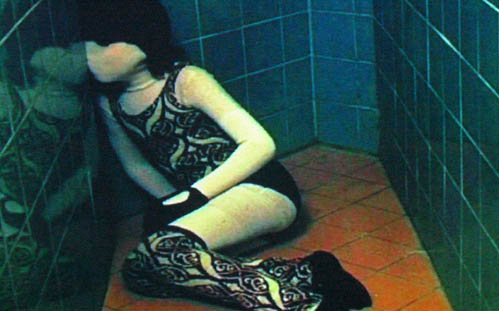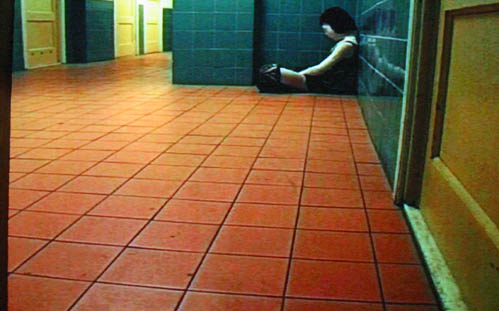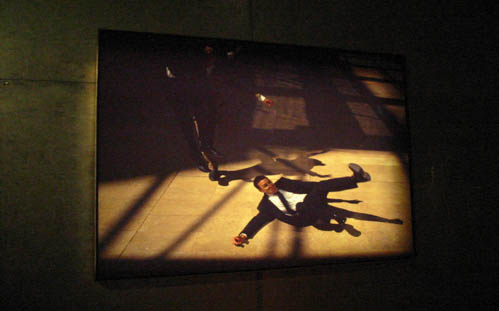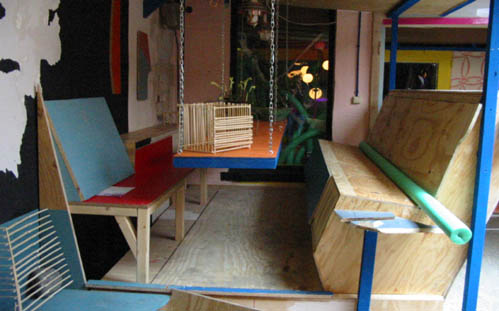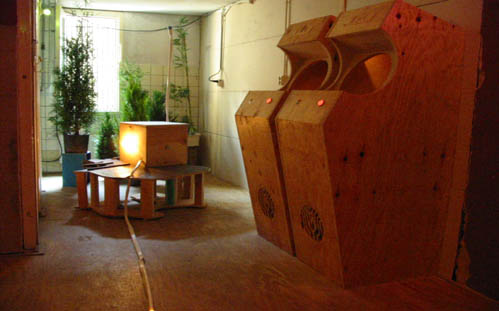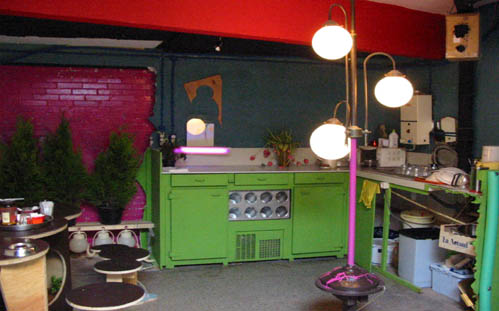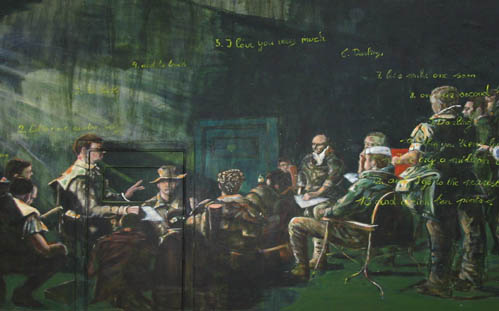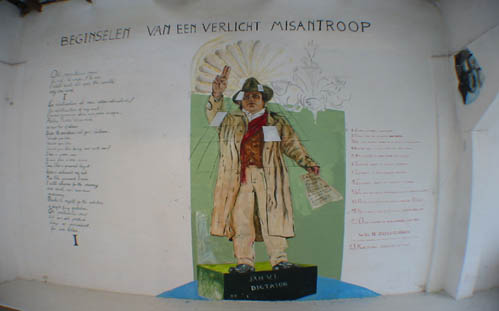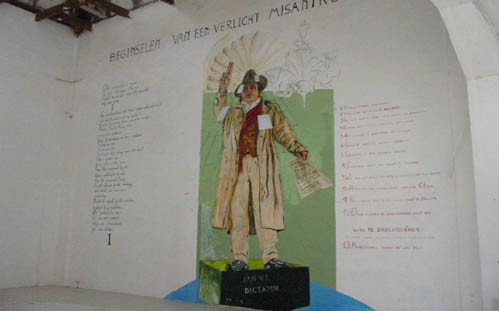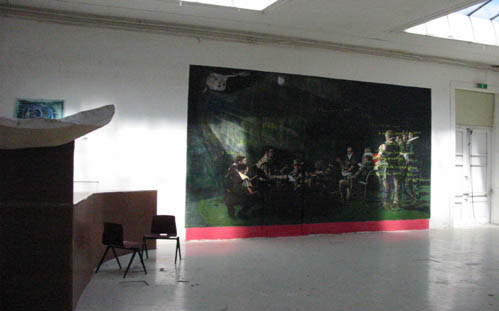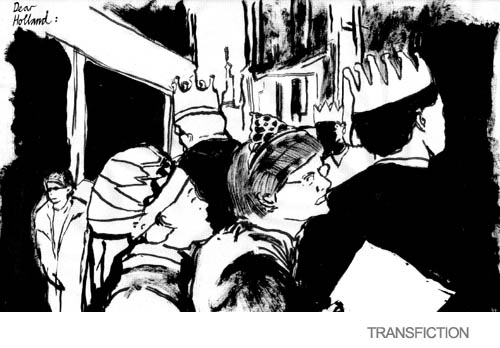Transfiction
Jan Van Imschoot, Joanneke Meester, Raymond Taudin ChabotTransfiction – a triplet is the final show in the series of single, double and triple solo exhibitions that mark the end of W139’s first 24 years in its remarkable premises on the Warmoesstraat. The building will be vacated after the summer for extensive renovations.
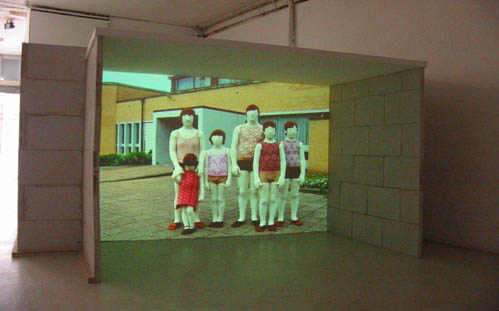
On show at Transfiction are new video works by Dutch debutants Joanneke Meester and Raymond Taudin Chabot, as well as a collection of murals painted by the Belgian artist Jan van Imschoot. The exhibition’s name can be taken as an allusion to the literary phrase ‘faction’. In this genre, journalistic or novelistic texts mix a heady brew of fact and fiction, with all the consequent uncertainty on the part of the reader as to what is real and what is invention. As indicated by the neologism ‘transfiction’, the participating artists choose to go beyond the confines of both the faithful representation of reality and its visual fictionalisation. The works, on show for the first time in the current exhibition, move freely between categories. Though diverse in nature, they share a strong pictorial sensibility and a common interest in visual stabilisation and the image per se.
After years of collaborating in the Patchwork artist’s collective, which dedicated itself primarily to realising large-scale works in the public space, Joanneke Meester now focuses on the development of personal, autonomous work. Meester – who has recently enrolled in the Sandberg Institute in Amsterdam – is currently working on a series of intimate video portraits that use a semi-abstract language to deal with themes such as limitation and domination, oppression and security. The ‘actors’ in Meester’s digital tableaux vivants are partially ‘dehumanised’, to the extent that they become akin to life-size puppets. The custom-made bodysuits worn by the actors add to the effect of alienation and wonder which imbues these works.
Raymond Taudin Chabot, a former student of the Rietveld Academy’s audiovisual department, has distinguished himself with a striking series of portraits of Japanese businessmen, whose well-tailored appearance is in stark contrast with their submissive and painfully vulnerable posturing. By depicting them in singularly peculiar poses, the photographer has managed to undermine the businessmen’s position of professional power as signified by their attire’s symbolic attributes. Taudin Chabot’s first full-fledged video work, which he has completed over the past month, is characterized by the same rich ambiguity. The figures appear and disappear, seemingly trapped within their bodies, exuding a sense of discomfort and constraint which transmits itself to the viewer.
While the work of Jan van Imschoot initially appears to be of a completely different nature, it shares the ambiguity of the above pieces. Much like the official war artists who are still dispatched to near and distant battlefields by the British Imperial War Museum (as described in a recent article in the Dutch Volkskrant’s art supplement), Van Imschoot draws his inspiration from images of recent military invasions and historical campaigns of conquest. Van Imschoot, however, does not assume the role of eyewitness, on-the-spot reporter of the atrocities of war, or artistic-political critic of the home front. In the words of the curator Vasif Kortun, the artist states that "he never relied on contemporary art as a tool for directly communicating political issues. Whatever can be reduced to language is often articulated more effectively and quickly through different media". Van Imschoot’s war paintings – inspired by both the recent events in Iraq and the Battle of Waterloo – condense harsh reality into a collection of lasting images, reminiscent of certain established iconography from art history.Van Imschoot transforms documentary or journalistic impressions of war into a fragmentary microcosm of timeless images, whose emphatic aestheticism makes them all the more disturbing.
Joris Brouwers, Adam Marschall and Kaleb de Groot have transformed the space between W139’s front and back rooms, which serves as a bar during openings, into a ‘decompression chamber’. The trio have converted this transitional space into an unusual drawing room, a place where visitors can stop, relax and gather information before proceeding head-on and fully focussed into the second part of the exhibition.

